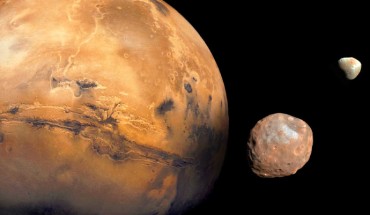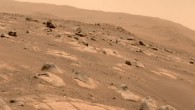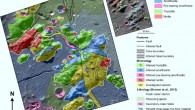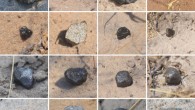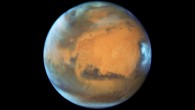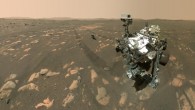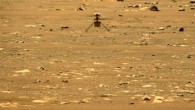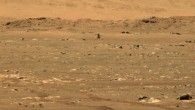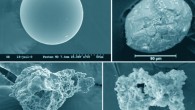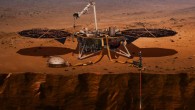Phobos and Deimos, two satellites of Mars, originated from disintegration of a much larger moon between 1 and 2.7 billion years ago, according to new computer simulations and an analysis of data from NASA’s InSight mission. Mars is kept company by two cratered moons — an inner moon named Phobos and an outer moon named Deimos. Image credit: NASA / JPL-Caltech / Malin Space Science Systems / Texas A&M University. Phobos and Deimos were discovered...

